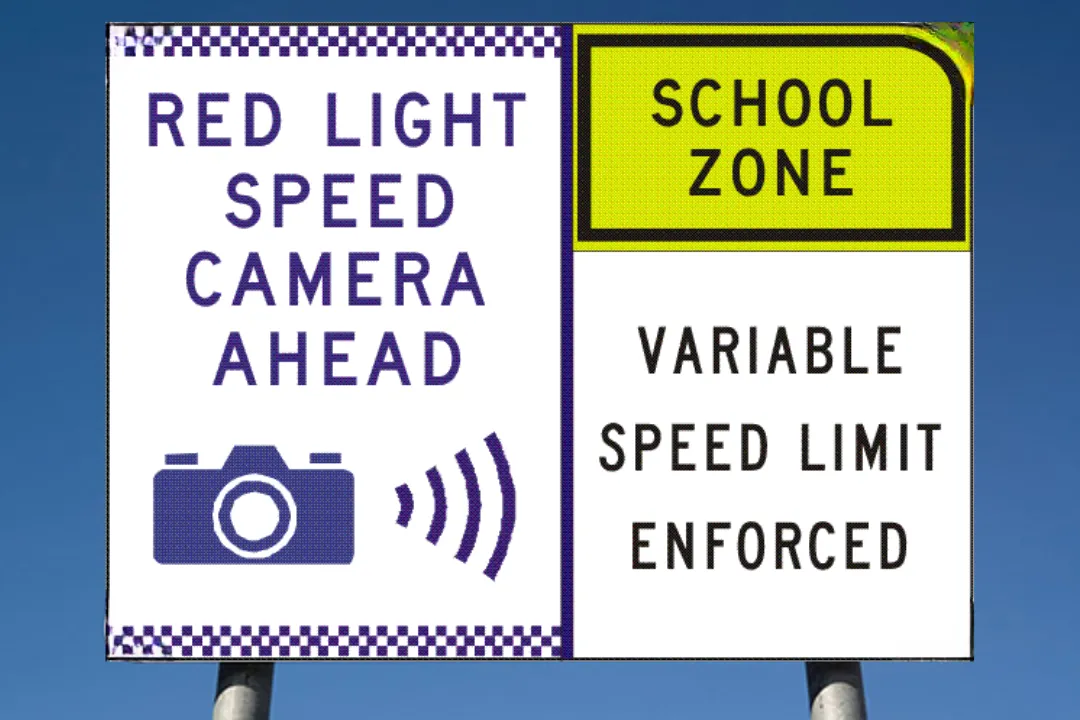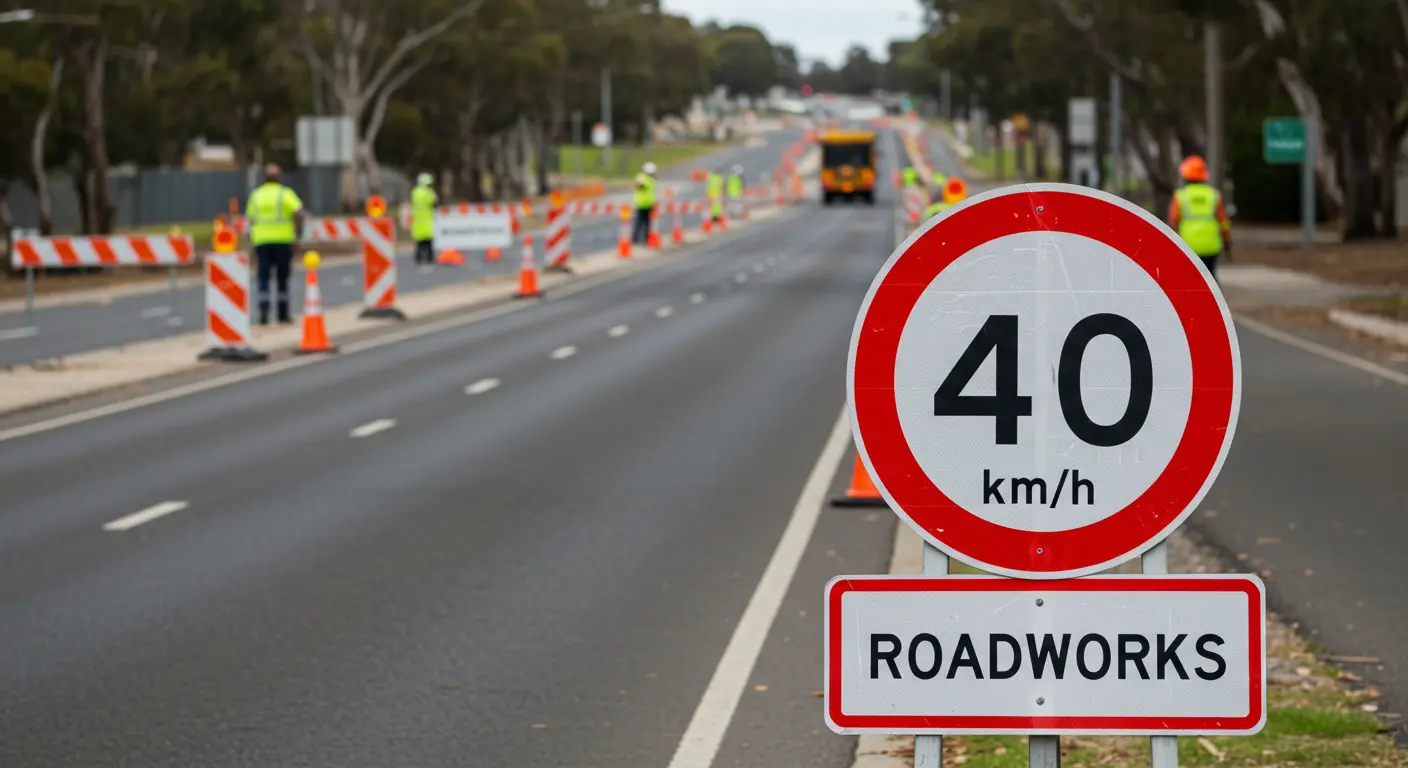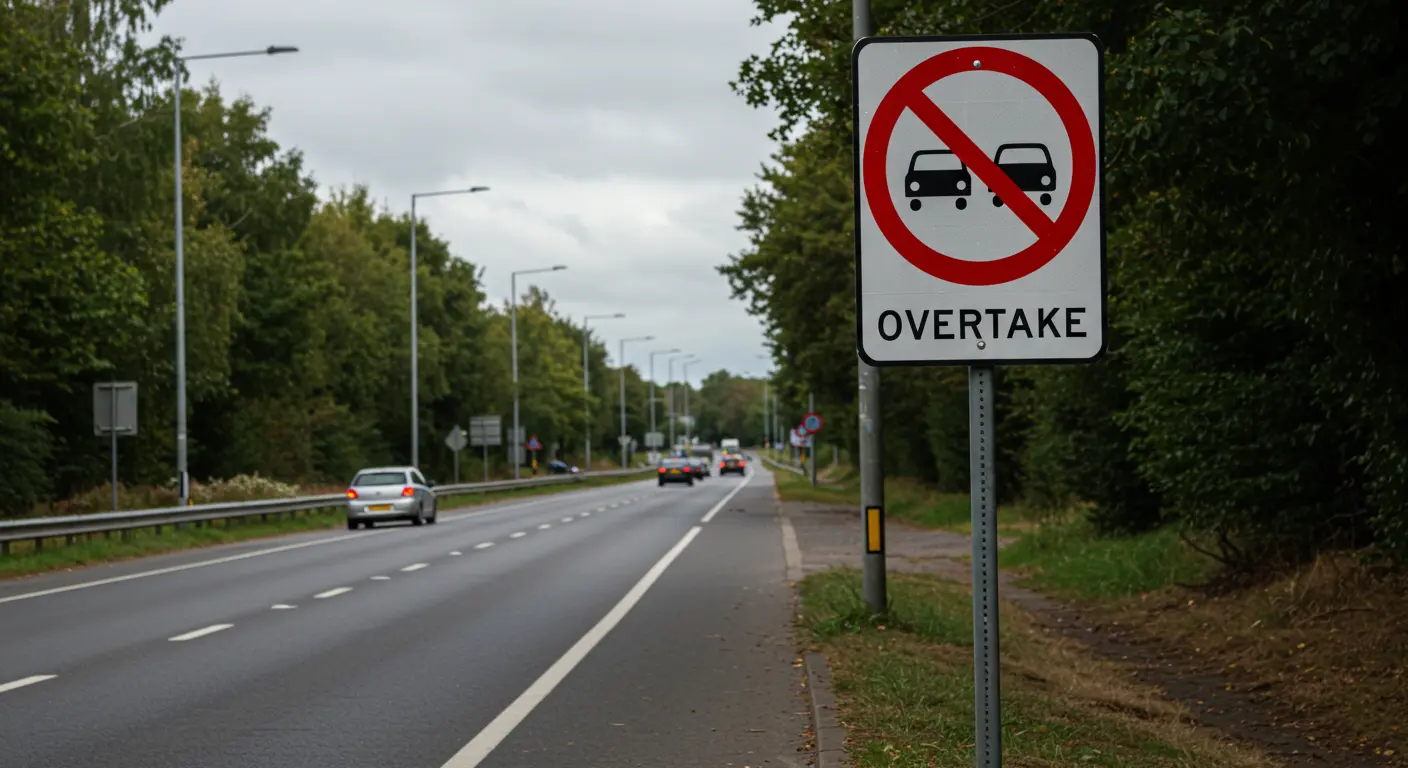The transition from a 50% licence fee discount for safe drivers to a demerit point reward system in NSW has sparked debate about equity and incentives for long-term safe driving. This analysis examines the policy shift, its financial implications, and impact on different driver categories.
Previous "Fair Go for Safe Drivers" Discount Scheme
From 2017 until February 2024, NSW offered a 50% discount on licence renewals for drivers who maintained five consecutive years without demerit points, drink-driving offences, or major convictions.
The scheme required a clean record including no parking offences (that incurred demerit points) and provided savings of up to $181 for a 10-year licence. Over 850,000 drivers benefited from this program by 2022, before its discontinuation to fund a new demerit-focused program, which benefits seemingly, only the bad driver's of NSW.

Current Demerit Point Incentive Program
Introduced in January 2023 and extended through 2025, the current system removes one demerit point for unrestricted and professional licence holders who have at least one active demerit point and maintain a 12-month offence-free record. The program excludes learners and provisional licence holders. By 2024, 1.1 million drivers had points removed, with 420,000 benefiting twice by 2025.
Financial Impact Analysis
The policy change has created significant financial disparities between the two systems. Under the previous scheme, a driver with a clean record for five years would pay $90.50 instead of $181 for a 10-year licence renewal, saving $90.50. Over a 30-year period of consistent safe driving, this would amount to $271.50 in direct savings. Career safe drivers who maintained clean records for 40 years could have saved $362 through four renewal periods.
In contrast, the current system offers no financial benefits to drivers with perfect records. While demerit point removal may help reduce insurance premiums for drivers who have accumulated points, this benefit only applies to those who have first incurred penalties. The system primarily aids drivers approaching their demerit point limit (13 points for unrestricted licenses) by helping them avoid costs associated with license suspension, including lost income, mandatory course fees, and additional transportation expenses.

Critical Assessment
First, the exclusion of long-term safe drivers means those with no demerit history receive no financial or regulatory benefit, despite maintaining clean records for five or more years. Second, the replacement of monetary savings with conditional relief primarily benefits those at risk of licence suspension rather than rewarding consistent safe driving. Third, the new system incentivizes one year of good behaviour rather than sustained multi-year compliance.
Government Position
Authorities defend the change as a "carrot-and-stick" approach, citing immediate incentives that could prevent employment loss due to license suspension. They emphasize faster rewards compared to the five-year wait for discounts and focus on reducing road fatalities, with 323 deaths recorded in 2024.
Regional Impact
Transport for NSW data reveals that 70% of demerit rewards were distributed to western Sydney and regional drivers - areas with historically higher offence rates. This distribution pattern suggests the new system primarily benefits areas with higher instances of traffic violations rather than rewarding consistent safe driving across all regions.
Final Comments:
The policy shift represents a fundamental change in driver incentivisation, moving from rewarding sustained good behavior to rehabilitating drivers with prior offences. While the new system may help prevent license suspensions and encourage short-term behavioral improvement, it creates a significant financial disadvantage for career safe drivers who previously benefited from direct monetary rewards. The contrast is particularly stark for long-term safe drivers, who have lost potential savings of several hundred dollars over their driving careers. This change raises questions about the balance between encouraging improvement in higher-risk drivers and recognizing sustained safe driving practices.



















